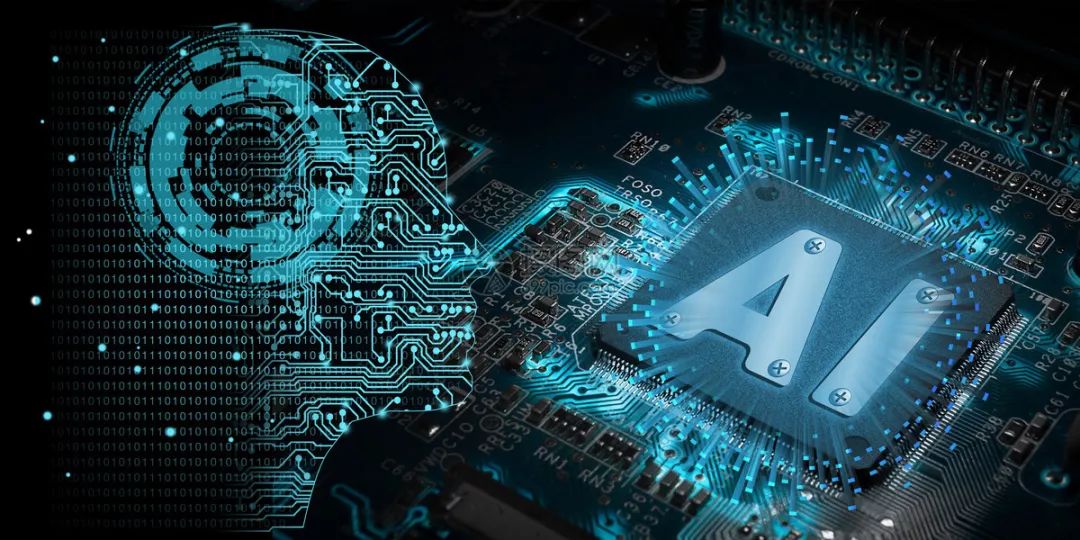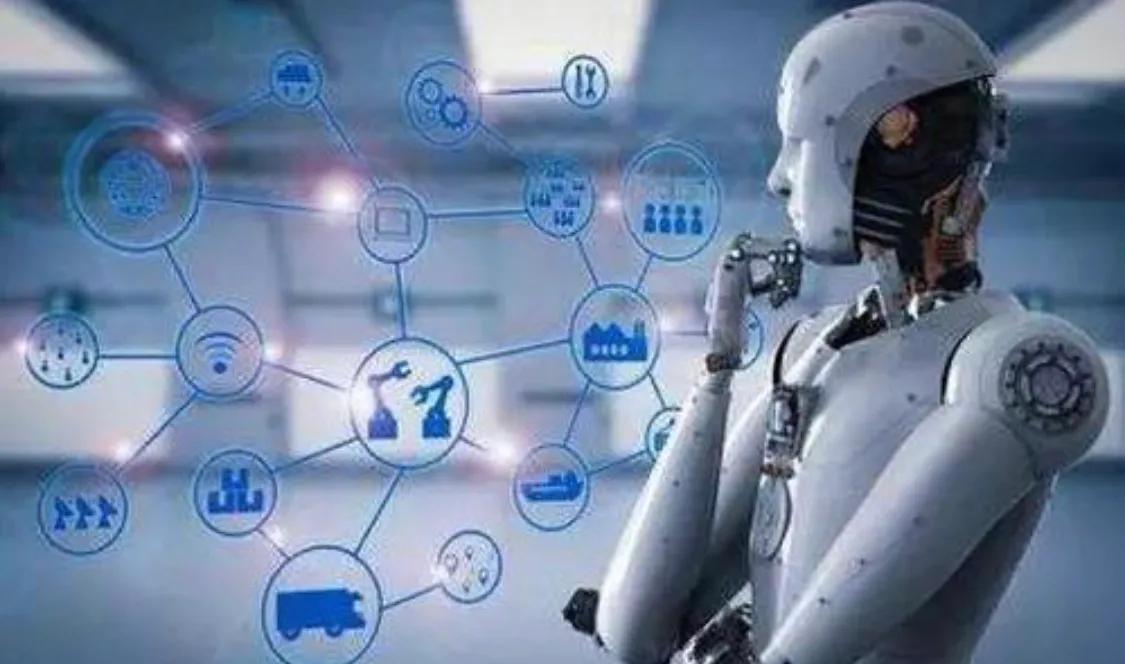Don’t Just Look At “AI Brings Benefits” – Be Wary Of The 6 Major Harms Artificial Intelligence Brings To Human Beings
Don’t Just Look At “AI Brings Benefits” – Be Wary Of The 6 Major Harms Artificial Intelligence Brings To Human Beings
Don’t just look at “AI brings benefits” – be wary of the 6 major harms artificial intelligence brings to human beings. With the rapid development of artificial intelligence (AI) technology, it ranges from daily life assistants, autonomous driving, intelligent customer service, to medical imaging, financial risk control and other fields.

Don’t just look at “AI brings benefits” – be wary of the 6 major harms artificial intelligence brings to human beings
With the rapid development of artificial intelligence (AI) technology, from daily life assistants, autonomous driving, intelligent customer service, to medical imaging, financial risk control and other fields, AI has brought the "sweetness" of efficiency improvement, service innovation, and cost reduction. But at the same time, AI is not without its problems and hidden dangers. The following six major aspects are what we must carefully look at and be vigilant about.
1. Employment shocks and changes in social structure
AI and automation technologies put repetitive and regular labor positions at risk of being replaced. For example, in fields such as manufacturing, warehousing, customer service, and transportation, robots algorithms may replace human labor. (News Today)
If this kind of substitution does not have supporting social security, career transformation mechanisms, and training systems, it will lead to: unemployment, income decline, widening gap between rich and poor, and weakened social mobility.
For example: when many low-skilled labor forces are eliminated and emerging positions require higher skills or qualifications, society may have a situation where "whoever can use AI will benefit, and the remaining people will be marginalized."
Suggestions to readers: If you are in an industry that is greatly affected by automation (such as factories, traditional service industries, transportation and logistics), you should consider learning new skills, improving substitutability, and paying attention to industry transformation trends in advance.
2. Prejudice, discrimination and algorithmic injustice
AI systems are essentially trained on large amounts of data, which is likely to contain historical biases, structural inequalities, and characteristics of overlooked groups. As a result, algorithms may inherit or even amplify biases. ()
Typical cases include: facial recognition has a higher misidentification rate for dark skin; the recruitment system may favor candidates from certain backgrounds; and financial risk control algorithms may be unfriendly to minority groups.
The result is that seemingly “technology-neutral” systems may actually create “fair burdens” in society—making vulnerable groups bear more risks.
Suggestions to readers: When you encounter situations such as "the system says I can't do it" or "the automatic algorithm rejects me", don't just blame yourself, but be aware that it may be a problem of algorithm bias, and seek an appeal or supervision mechanism if necessary.
3. Privacy erosion and surveillance risks
AI relies on large amounts of data - including user behavior, location information, consumption records, social interactions, etc. The more data there is and the more powerful the algorithms are, the greater the risk of erosion of personal privacy and freedom. (BPM)
In addition, the use of AI in surveillance systems, camera facial recognition, behavior prediction, etc. is expanding. If supervision is insufficient, there may be situations of being “invisibly monitored” and “characterized as suspicious by algorithms”.
For example, reports indicate that AI can be used to continuously monitor public places, analyze crowd behavior, and predict criminal tendencies. ()
This kind of "transparency" to "full transparency" may cause people to lose some basic privacy, active choice, and freedom from being labeled.
Suggestions to readers: Pay attention to whether the applications and services you use have authorized a large number of permissions; choose the "privacy first" version when necessary; and be more vigilant about data collection and analysis for locations and services involving sensitive behavior.
4. Lack of transparency in decision-making difficulty in clarifying responsibilities
Many AI models (especially deep learning models) are called "black boxes" - that is, even the developers do not fully understand their internal decision-making mechanisms. (USC)
When an AI system makes mistakes, causes harm, makes discriminatory judgments, or makes poor decisions:
5. Abuse/malicious use manipulation of public opinion
AI technology may not only be used for "good" things, but may also be abused: for example, generating "deep fake" () videos/audio, used for online fraud, used for public opinion manipulation, social media algorithms to amplify extreme content, etc. ()
Among them, fake videos and audio generated by AI have been used to influence elections, spread fake news, and create social panic. ()
This combination of "technology manipulation" may damage the social trust mechanism and make it difficult for people to distinguish between true and false. At the same time, politics, economy, and culture may be subject to subversive impacts.
Suggestions to readers: Be more skeptical when seeing content on social media that “sounds too amazing” or “looks too perfect”; verify the source of important information, videos, and audios first; stay vigilant when technical means may be used in directions you don’t know.
6. Existential risks and future uncertainty
Although many discussions are still in the theoretical stage, some experts point out that when AI capabilities are further improved and reach the stage of "strong artificial intelligence" (AI) or general artificial intelligence (AGI), it may bring fundamental challenges to human survival and control. ()
For example, if AI independently sets goals, breaks away from human control, or fails to align values, it may "solve" paths that humans have not considered, thereby inadvertently harming human interests. ()
Although this scenario seems "science fiction" now, the risks it brings are included in the focus of more and more policy and ethics reports.
Suggestions to readers: Pay attention to the development of science and technology, and do not underestimate "future possibilities" - because technological changes often occur faster than we expect. For young people and the education system, "technological literacy" and "risk awareness" should also be cultivated.
Conclusion
There is no good or evil in technology itself. The key lies in "how to use it" and "who controls it". There is no doubt that AI brings convenience, but at the same time, we cannot ignore the six major harms mentioned above: employment impact, algorithmic bias, privacy erosion, lack of responsibility, abusive manipulation, and future uncertainty.
For individuals:





